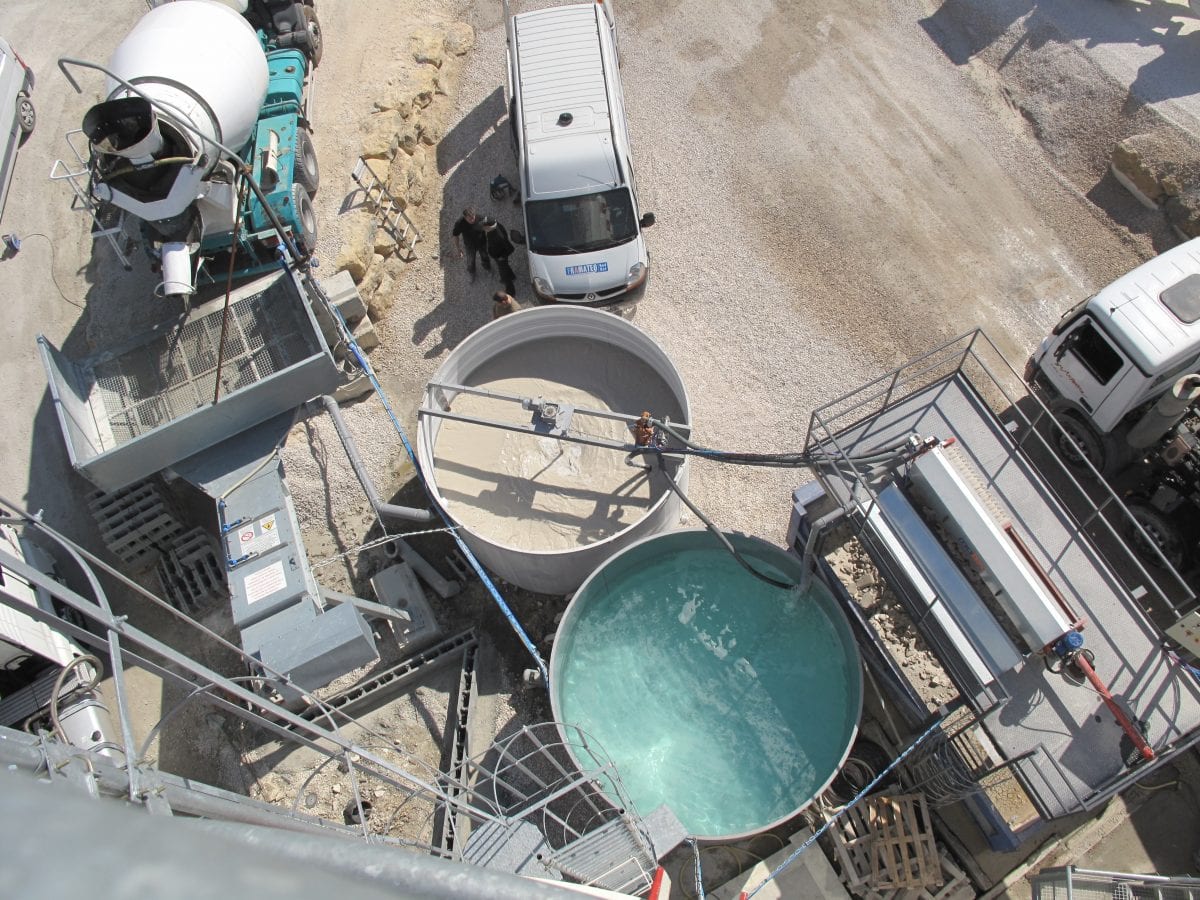
There are many different systems that can be used to dewater wastewater. The most common systems are:
The best system for dewatering your wastewater will depend on the type of sludge you have, the amount of water you need to remove, and your budget.
Here are some additional details about each type of system:
If you are unsure which type of dewatering system is right for you, you should consult with a wastewater treatment specialist. They can help you choose the system that will meet your needs and budget.
Filter presses
Filter presses are the most common type of dewatering system for wastewater. They consist of a series of plates and frames that are held together by a frame. The sludge is pumped into the press and is spread evenly between the plates. The plates are then squeezed together, which forces the water out of the sludge. The water is collected in a sump at the bottom of the press. The sludge cake that is produced is a high-solids material that can be easily handled and disposed of.
Filter presses are effective at removing water from a wide variety of sludges, including primary sludge, secondary sludge, and digested sludge. They can be used to produce a high-solids cake that is up to 90% solids. Filter presses are also relatively easy to operate and maintain.
However, filter presses can be slow and expensive to operate. They can take several hours to dewater a batch of sludge. Additionally, filter presses can be expensive to purchase and install.
Centrifuges
Centrifuges are a faster and more efficient method of dewatering wastewater than filter presses. They work by spinning sludge at high speeds, which separates the water from the solids. The water is forced to the outside of the centrifuge, where it is collected in a sump. The sludge cake that is produced is a high-solids material that can be easily handled and disposed of.
Centrifuges can be used to remove water from a wide variety of sludges, including primary sludge, secondary sludge, and digested sludge. They can be used to produce a high-solids cake that is up to 95% solids. Centrifuges are also relatively easy to operate and maintain.
However, centrifuges can be more expensive to purchase and install than filter presses. Additionally, centrifuges can be more expensive to operate, especially if they are used to dewater large volumes of sludge.
Belt presses
Belt presses are a less expensive method of dewatering wastewater than filter presses or centrifuges. They work by passing sludge through a series of rollers. The rollers squeeze the water out of the sludge, leaving behind a high-solids cake.
Belt presses are not as effective at removing water as filter presses or centrifuges, but they can be used to produce a high-solids cake that is easy to handle and dispose of. Belt presses are a good option for small wastewater treatment plants or for dewatering sludges that are not very thick.
Belt presses are relatively easy to operate and maintain. They are also less expensive to purchase and install than filter presses or centrifuges.
The best system for dewatering your wastewater will depend on the type of sludge you have, the amount of water you need to remove, and your budget. If you are unsure which type of dewatering system is right for you, you should consult with a wastewater treatment specialist. They can help you choose the system that will meet your needs and budget.
Here are some additional factors to consider when choosing a dewatering system for wastewater:
Once you have considered all of these factors, you can choose the dewatering system that is right for you.
Nick Piskura is the Marketing and Web Development Specialist at ChemREADY who utilizes expertise in digital marketing strategies to provide knowledgeable insights in each segment of our business. Nick provides insights through web development and multimedia resources that support ChemREADY’s full range of services, including Legionella management, ANSI/AAMI ST108 compliance, boiler and cooling tower treatment, wastewater processing, and industrial water quality solutions.